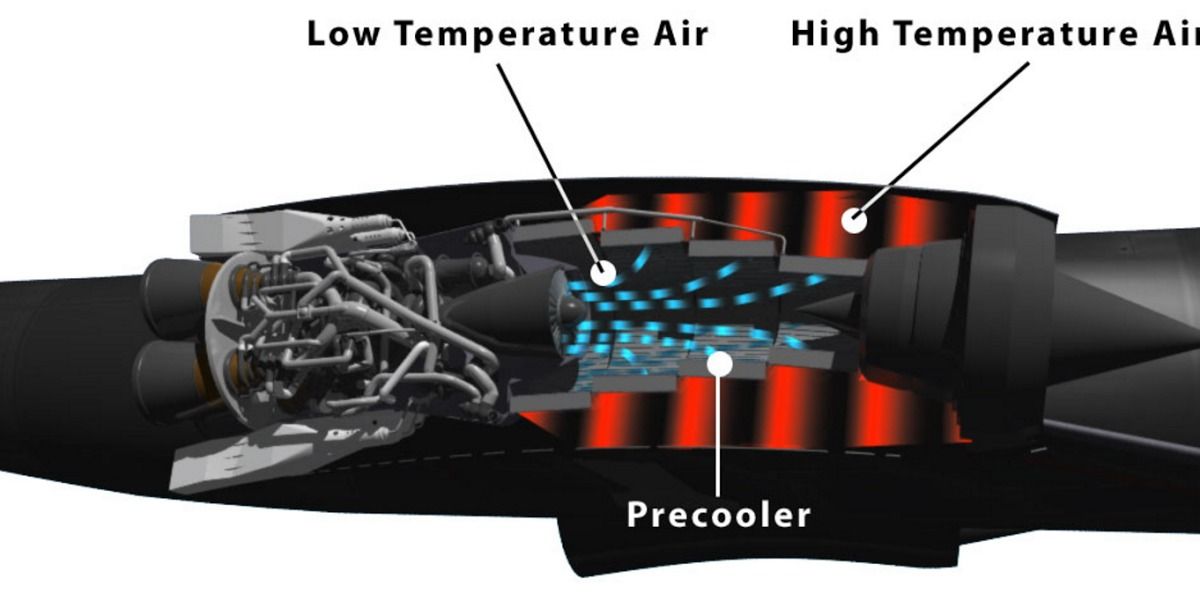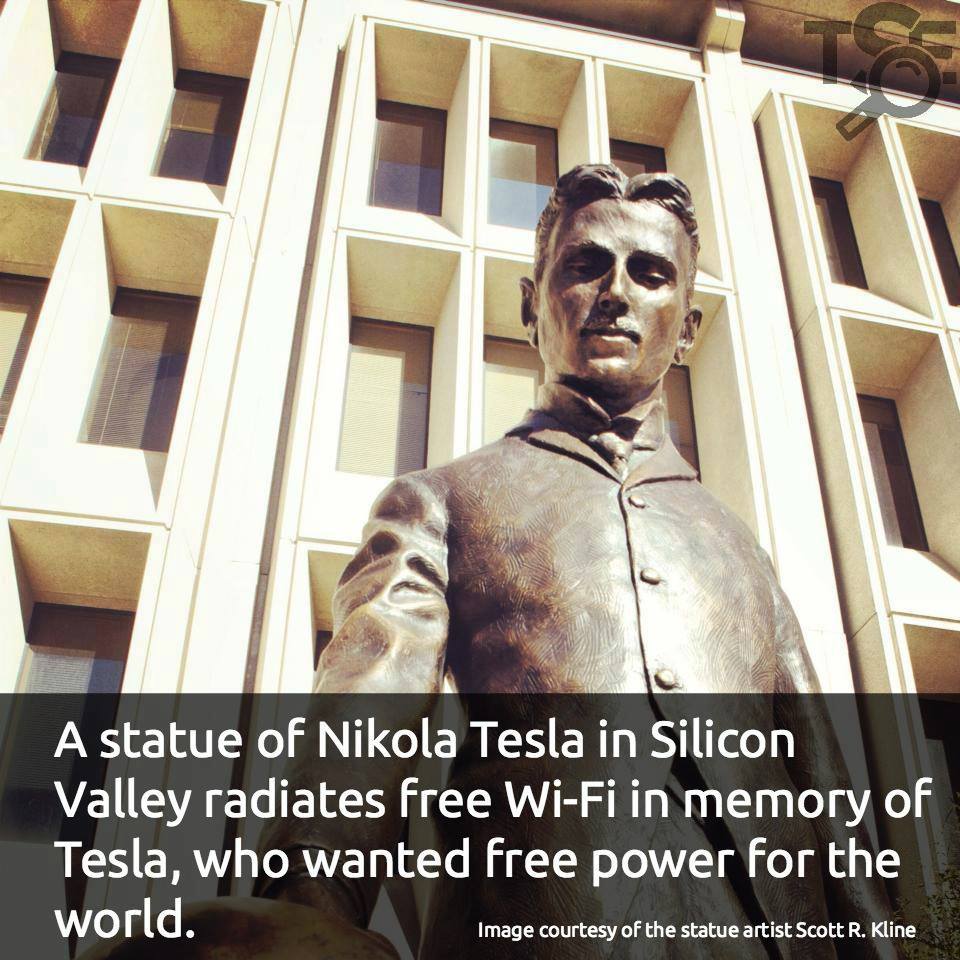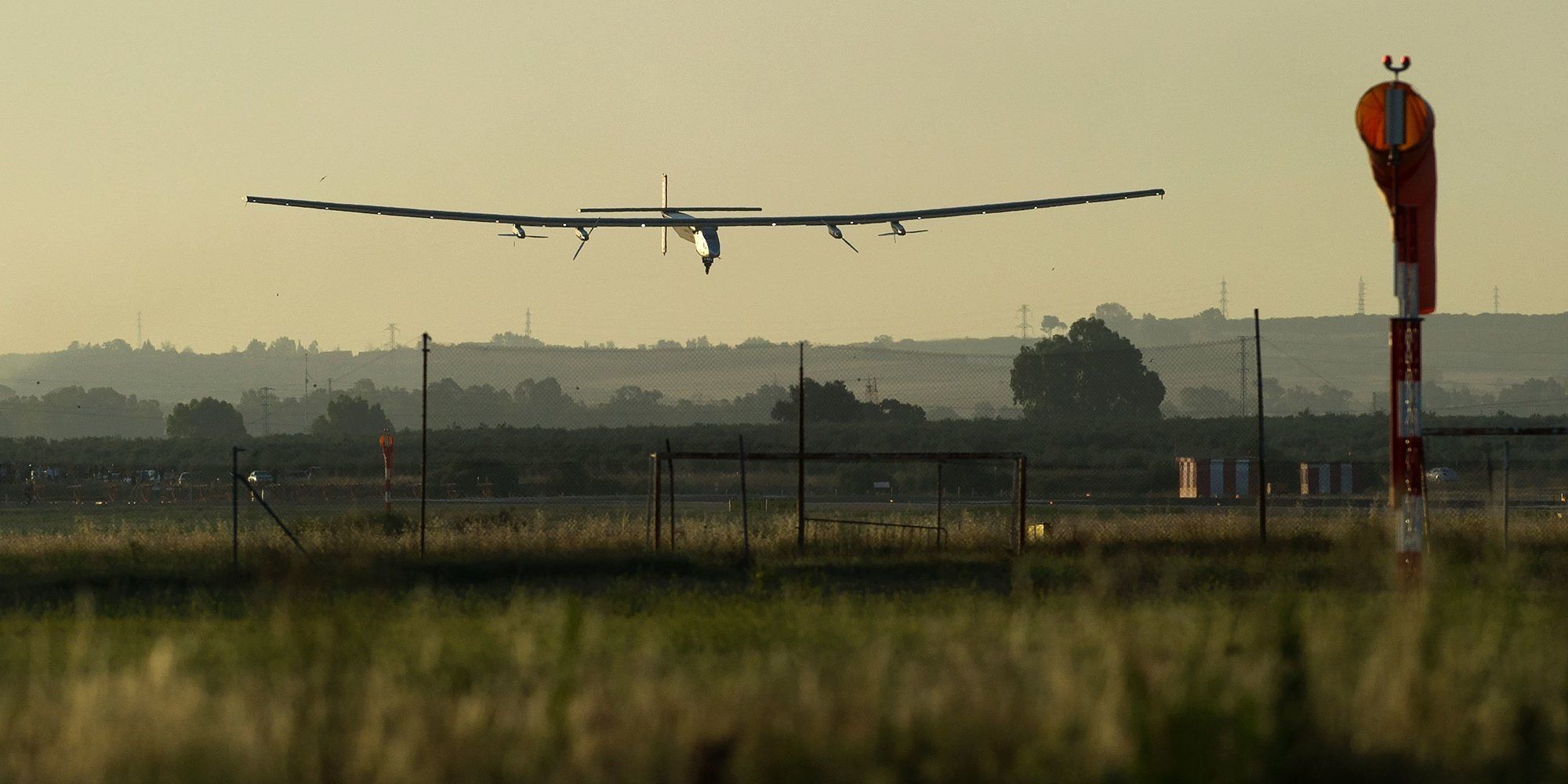Jul 13, 2016
Reaction Engines secures €10 million funding to enable development of SABRE demonstrator engine
Posted by Klaus Baldauf in categories: energy, space, transportation
Reaction Engines Ltd. announces today the signing of a €10m Development Contract with the European Space Agency, finalizing the UK Government’s £60m commitment.
Reaction Engines Ltd., today announces the signing of a €10m European Space Agency (ESA) contract which will enable the development of a ground based demonstrator of SABRE, a new class of aerospace engine which is highly scalable with multiple potential applications in hypersonic travel and space access.


















